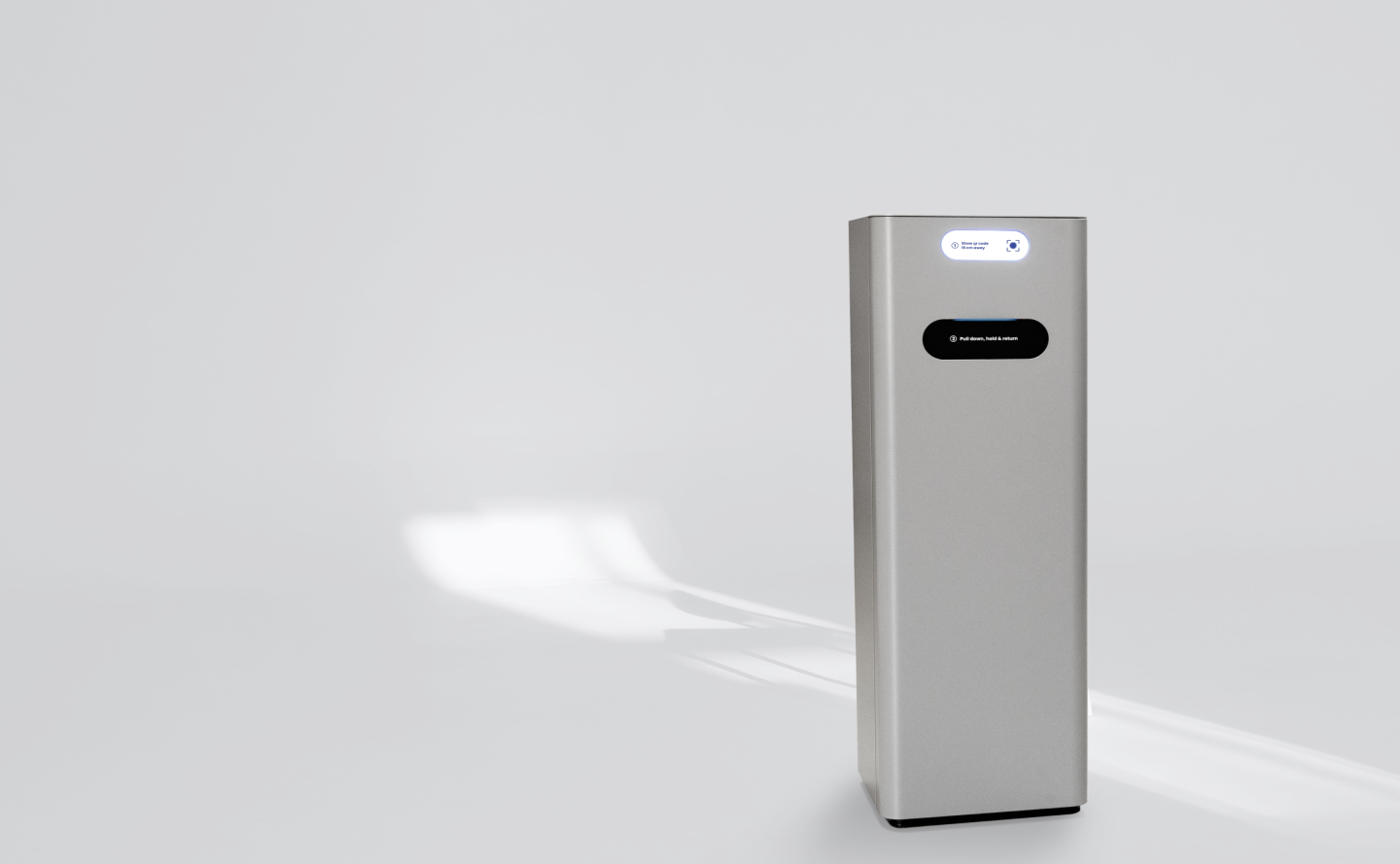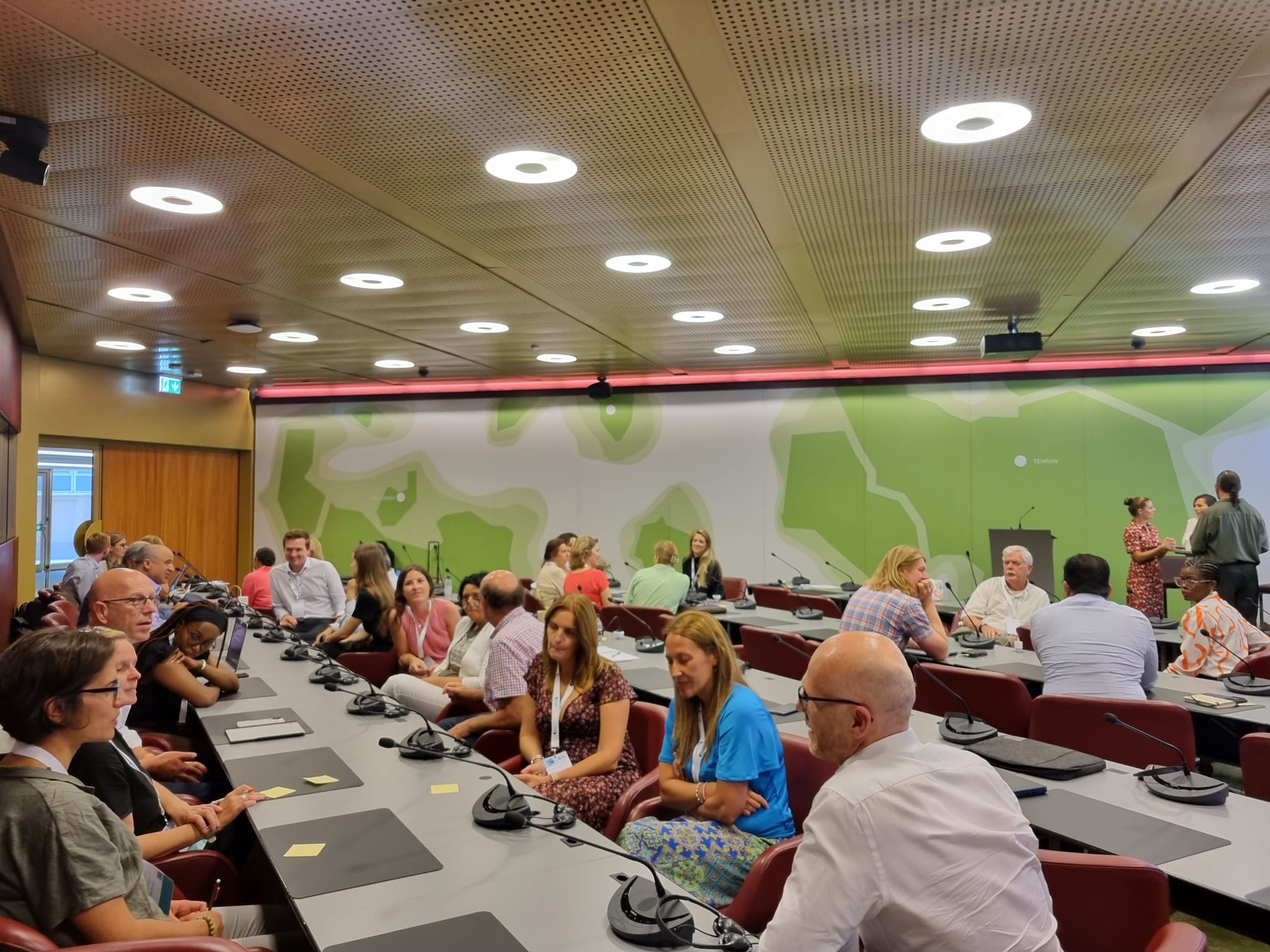Brought to you by Daniel Millet from GRIN
One of the smallest DiCE partners is Norwegian circular tech start-up, GRIN. The company was founded in Oslo in 2018 based on the notion that if the world is going to reach any environmental targets, whether it’s CO2 emissions, plastics in the oceans, deforestation, or biodiversity; the world must move away from the linear economy. To do so, there will be a massive need for new hard and soft technologies, infrastructure, and business models. The world’s supply chains and logistics systems will need to be rebuilt and repurposed, as new global, regional, and local flows of goods and material are established.
The Notion of Collection
One key problem that needs to be solved for any circular product, regardless whether the product is to be reused, refurbished or recycled, is that it needs to be collected from the end-user after end-of-life.
This involves both an element of human behaviour, as well as having the right technical infrastructure in place. Every person needs to be motivated to return a product according to a certain procedure, and there needs to be an infrastructure in place that can accommodate the collection and further transportation of the product to the next downstream destination.
When for example sorting and disposing of paper, glass and metal, it can often be done at home, at the office, or at a nearby public recycling station. These are high volume products, that most often can be mixed within each category as they are all sent to the same downstream destination for further processing. In countries where this has been done for decades, it has simply become an integral part of the daily waste management, through concise and consistent public information along with easily available infrastructure. It is also quite intuitive to distinguish a paper product from a glass product, making sorting easy to adhere to. Simple, non-tech bins are often enough to ensure proper collection.
Specific Product Categories
When introducing a new product category that needs to be sorted and returned in a specific way, it becomes trickier. One example is aluminium cans and PET bottles for beverages. In certain countries mainly in Europe, these products are collected and recycled in separate streams; where if done correctly, aluminium cans in theory could be collected, recycled and made into new cans indefinitely.
To achieve high return rates and success for these bottles and cans, deposit refund systems (DRS), are often implemented. This means that the consumer pays a small deposit for each bottle and can when it is bought and receives the deposit back when the product is returned. Typically, at the supermarket or grocery store. For a very small number of bottles and cans, it would be possible for that return process to be done manually. Having the cashier count the bottles and cans and pay out the corresponding deposit in cash. But with each grocery store or supermarket being required to receive up to thousands of bottles and cans per day- it would be highly inefficient. To solve this, a machine is needed that can facilitate the return and pay out the deposit automatically, i.e. a traditional reverse vending machine.
A reverse vending machine is equipped with sensors that can detect and validate a return and incentivise and reward the return either by a cash payout or other means. Furthermore, many reverse vending machines are equipped with solutions to crush and/or compact the cans and bottles. A smart collection system.
In addition to the ability to validate what is returned and reward it (often using modern digital and mobile app-based solutions), smart collection often also contains sensors that measure fill levels and maintenance requirements of the machine. Making this data available in real time using IoT technology, optimising large scale operations of the collection systems and making them more cost efficient and sustainable. The latter one mainly being related to the ability to carry out route optimization when emptying the collection bins; not having trucks driving around a city emptying half empty bins.
Smart Collection
Inspired by the traditional reverse vending machines and realising that these types of solutions would be needed for far more product categories than just bottles and cans in a truly circular society; GRIN set out to develop smart collection systems that can be used to collect a wide range of other product categories.
GRIN have since developed and piloted collection systems mainly for different types of reusable packaging for the retail and food service sectors. As part of DiCE, GRIN is leveraging its know-how and experience from these sectors to develop and deliver a smart collection system for medical devices. This includes smart collection boxes and related digital solutions and software. These solutions will be tested in the large-scale pilots to gain further knowledge about the specific requirements and solutions needed to scale up collection of a wide variety of medical devices and products, also beyond the specific digital devices within the scope of DiCE.







